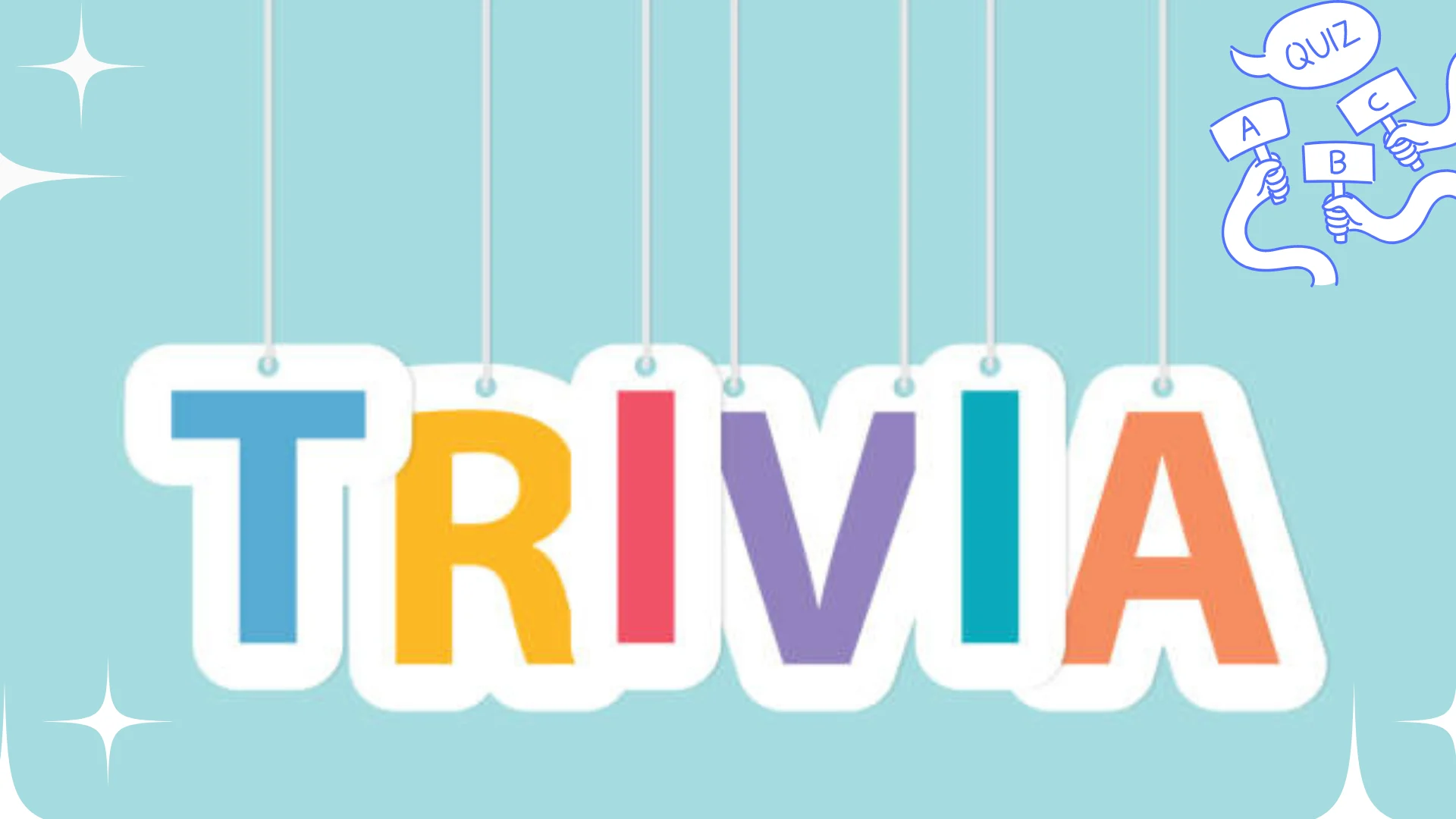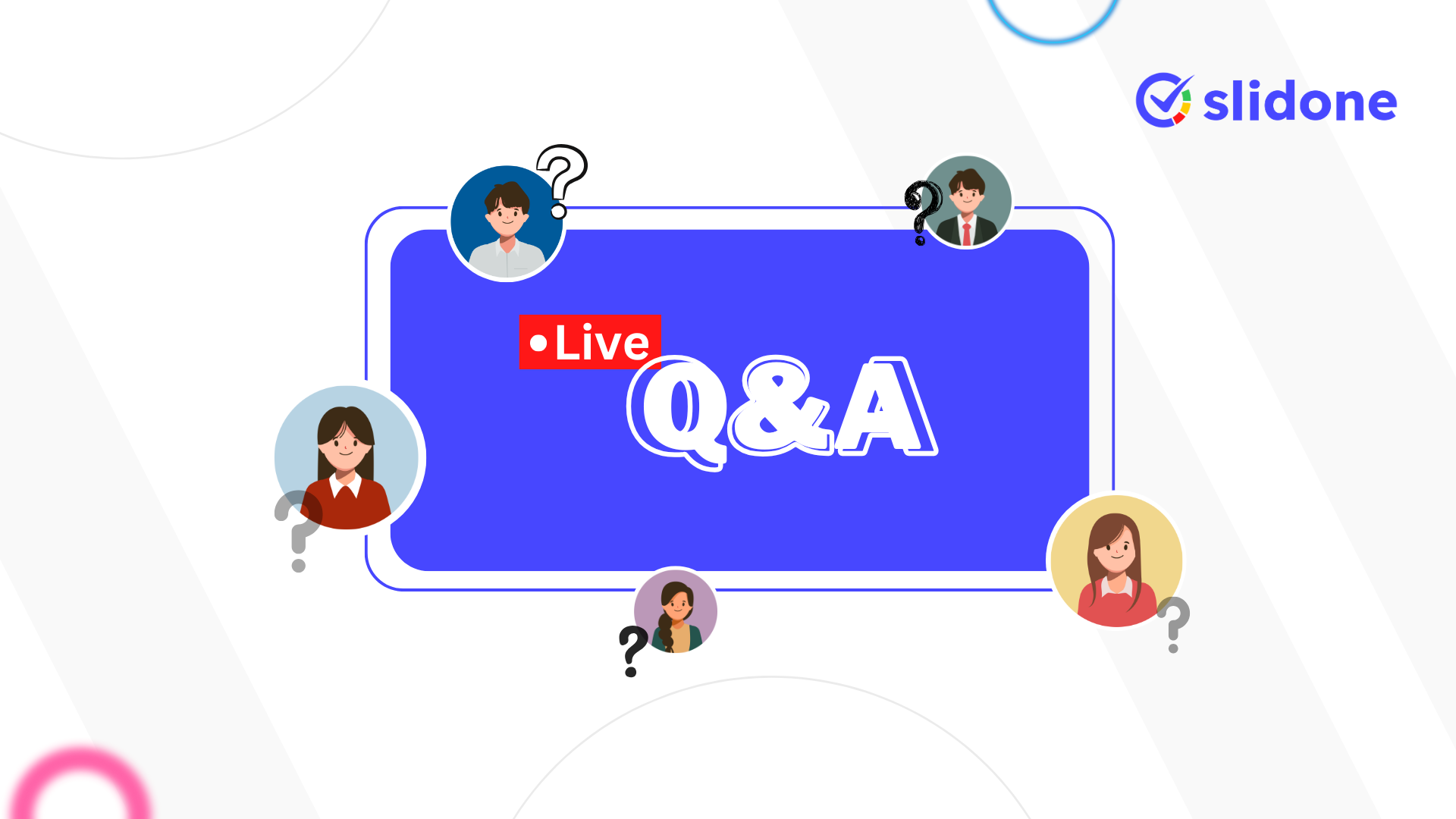Trivia questions consist of brief, fact-based questions covering all subjects. They find a place in games and quizzes, or any other learning environment, where the motive is to test one’s knowledge while providing fun. Trivia questions range in difficulty, from the simplest to the toughest, thus suitable for all age groups and levels of expertise. From simple to complex, trivia questions challenge participants at knowing various kinds of things, thus increasing the fun aspect with learning. Trivia thus becomes at one and the same time both versatile and wide-appealing, turning into an informal and formal tool for testing knowledge.
What Is a Trivia Question?
Trivia questions are those that deal with the knowledge about unusual or interesting facts. Although the word “trivia” is derived from the Latin word “trivialis,” which literally means something “commonplace” or “ordinary,” most trivia questions actually deal with obscure details, very far from the ordinary. They make participants look back and try to recall certain lesser-known information; thus, they become intriguing and difficult. Trivia questions may cover a wide range of topics, from history and science to pop culture. This makes them a staple in online quizzes, games, and educational exercises for entertainment and engagement.
Purpose of Trivia Questions
Trivia questions serve various purposes:
- Entertainment: Trivia is commonly used in games and social events to entertain and engage participants.
- Education: Teachers and educators use trivia questions to reinforce learning and test students’ knowledge.
- Team Building: Trivia quizzes are popular in corporate settings as a team-building activity that encourages collaboration and friendly competition.
- Social Interaction: Trivia games foster social interaction and are often used in gatherings and online platforms to connect people.
Types of Trivia Questions
Trivia questions come in various forms, each serving a different purpose or fitting a specific context. Below are some common types of trivia questions:
1. Multiple Choice Trivia Questions
Definition: Multiple-choice trivia questions provide a question and usually four or five options for the correct answer. Participants choose the right answer among these choices. It happens to be one of the most widely adopted formats in quizzes because of its simplicity and convenience. The nature of this kind of question encourages quick thinking and knowledge recall. There is always a scenario or fact question with one correct option and several plausible but wrong ones. This helps to determine if a participant has learned or understood something; hence, it makes learning more engaging and interactive. By providing multiple answers, it challenges participants to identify the right response using their knowledge.
Example:
Which planet is known as the Red Planet?
A) Venus
B) Mars
C) Jupiter
D) Saturn
Usage: Multiple-choice trivia is popular in education, online quizzes, and games due to its simplicity. It offers a clear way to assess knowledge and keep participants engaged by providing several answer choices. This format makes scoring straightforward and ensures a structured experience for users.
2. True or False Trivia Questions
Definition: True–false questions require a player to take into account a given statement and respond by indicating whether the statement is correct or incorrect. The question presents a statement, and the players need to pick whether that is true or false. Such format simply makes the process of answering easy because a participant won’t need to know quite a lot to make a choice but will just need to recognize the validity of the statement. These questions are more specifically used for True or False quizzes and educational activities because they are depicted to be very simple while, in an efficient manner, testing the participants for any topic. Such a format also helps to involve the participants and make learning fun.
Example:
The Great Wall of China is visible from space.
True or False?
Usage: True or false questions are frequently used in quick trivia rounds, icebreakers, and educational assessments due to their simplicity and ease of answering. They are effective for engaging a wide audience with minimal complexity.
3. Fill-in-the-Blank Trivia Questions
Definition: A fill-in-the-blank is a very common question type. The statement or sentence has one or a few words missing, which could be possibly filled by the player. Now, this kind of question can test knowledge or recall by tasking one to fill in the blank with an appropriate word that goes with the statement given. These kinds of questions find a high degree of application in quizzes and educational tests. That’s because the questions could be related to any subject and have different levels of difficulty. The user needs to have a careful understanding of the context and content around the blank in order to get it right. This format works well in engaging the user in reinforcing learning in an interactive way.
Example:
The capital of France is ____________.
Usage: Trivia questions are commonly used in educational settings to assess specific knowledge areas like vocabulary, geography, or history. Unlike multiple-choice questions, they require participants to recall information solely from memory. This method tests recall ability and helps in reinforcing learning through direct engagement.
4. Picture Trivia Questions
Definition: Photo trivia questions are interactive, where the question prompt is given through a picture. Users have to either identify what is in the picture or answer a question about what is in the picture. For instance, you would project a picture of a famous landmark and ask, “What is the name of this building?” or show a close-up picture of some animal and ask, “Which animal is this? “These types of questions are interactive during presentations as they make the content more interactive and catchy, in terms of pictures, to the audience for greater engagement and retention capability. Images in trivia add an energetic element that questions in words only cannot.
Example:
Identify the monument shown in the picture.
Usage: Picture trivia is one thing that really distinguishes visual quizzes, game shows, and their online counterparts—pictures within questions. This format captures the attention of the participants, again, going along with it, improving the quiz experience, and otherwise further adding a light, lively twist. It is an interactive way to test out and engage users with visuals.
5. Themed Trivia Questions
Definition: Themed trivia questions are ones that stay specific to the topics, which might include movies, sports, history, and pop culture. Actually, they turn out to be knowledge tests in small portions of interest. For example, movie-themed trivia can be related to famous quotes from films or winners of award movies. The sport-themed ones can include historical statistics related to the game or its players. These things can be added in a presentation to invite audience interaction. Tailor questions around an issue, that is to say, thematically, to give it relevance and draw in your audience.
Example:
In what year did the first Harry Potter book get published?
Usage: Themed trivia is often used in special events, trivia nights, and competitive quizzes where participants share a common interest in the theme. It allows for a deep dive into specific topics, making the quiz more engaging for enthusiasts.
6. Random Fact Trivia Questions
Definition: Random fact trivia questions may incorporate a large domain of topics, thereby serving as a good test for general knowledge. Such questions can comprise odd or little-known facts that may make them interesting and sometimes even surprising. There are no questions that are theme-based but can relate to history, science, pop culture, or strange events. Their unpredictability makes them more exciting, as they nudge participants to remember interesting bits of information that are not always common knowledge. Therefore, such trivia would not only entertain but also enlighten, in most instances, on a wide array of subjects.
Example:
What is the only mammal capable of true flight?
Answer: The bat.
Usage: Random fact trivia is perfect for general knowledge quizzes and informal trivia games. It challenges participants with questions on a wide range of topics, from science to pop culture, ensuring a fun and engaging experience. This unpredictability keeps everyone alert and entertained throughout the game.
7. Speed Round Trivia Questions
Definition: Speed Round of Trivia Questions: Generally, questions that are supposed to be answered quickly within a stipulated time frame. The questions are made to be short and precise, prompting immediate responses from the respondents. Unlike others, which will be kind of trite and heavy, this category of questions on a speed round will simply address the general or basic facts, or general knowledge issue. This format will keep the game fast and exciting, perfect for competitive events or even casual get-togethers. Fast responses are catered to, and one finds oneself doing something that is exciting and full of urgency while playing trivia, which keeps one on high, geared toward quick thinking and action.
Example:
What is the capital of Italy?
Answer: Rome.
Usage: Speed rounds in game shows and trivia events inject excitement and urgency into the competition. These rounds push participants to think swiftly and recall facts under pressure, creating a thrilling environment. The fast pace adds an extra layer of challenge, enhancing the overall excitement of the event.
How to Use Trivia Questions Effectively
Trivia questions can be a powerful tool for engagement, education, and entertainment. Here are some tips on how to use them effectively:
1. Tailor the Difficulty Level
Try to pick trivia questions that have a varied level of difficulty. That’s what you want to do, according to your audience’s knowledge. This is the balance that will drive participation without frustration. Pose questions challenging enough to be stimulating but still enjoyable for participants to keep engaged and interested throughout the presentation.
2. Mix Question Types
Mixing different types of trivia questions keeps game play interesting and appeals to different learning styles. Multiple choice, true or false, and fill-in-the-blank questions keep things moving and engaging. This way, participants remain interested and have the chance to interact with the material in different ways, all of which makes a trivia night out both enjoyable and effective.
3. Use Trivia in Educational Settings
Trivia questions are exemplary tools through which a teacher can quickly and easily review the material that has been covered, reinforce vital concepts, and see how well students understand the topics. Intermixing trivia in lessons allows making a more engaging and interactive experience in learning, thus making studying more fun.
4. Organize Trivia Nights or Events
A trivia night out is, therefore, a sure way of bringing people together over some fun moments. You can have a theme or a mixed bag of general knowledge questions that will suit all interests. In this way, each and every person will be able to enjoy and participate in it.
5. Leverage Technology
It is also relatively easy to create and host trivia quizzes through online tools and apps. Slidone has interactive trivia features perfect for any virtual or in-person event. Those would give engaging, dynamic quiz experiences, boosting audience participation and enjoyment.
Conclusion
Trivia questions are versatile and engaging; they can be used in the process of knowledge testing, entertainment of a group, or even facilitation of learning. By knowing these types of trivia questions, you can look forward to a fun, enriching experience if you have a purpose—be it planning a fun-filled night or improving your teaching skills, or just looking to spend an evening with friends. By adjusting the trivia according to the audience with a good mix of questions, you can ensure everybody is having fun as they learn something.





Leave a Comment
Your email address will not be published. Required fields are marked *